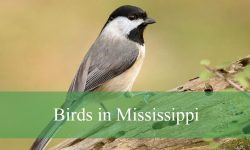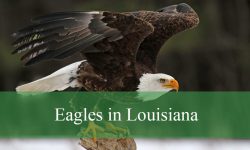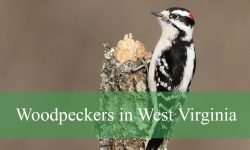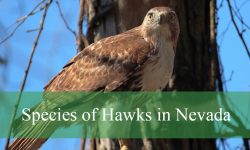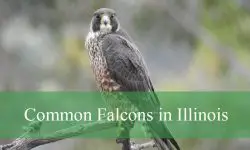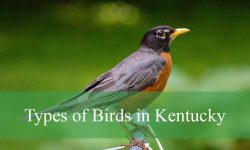Black wasps are a common sight in Texas, where they play integral roles in the local ecosystem. Among them, species like the Great Black Digger Wasp (Sphex pensylvanicus) and the Nearctic Blue Mud-dauber Wasp (Chalybion californicum) thrive. With their distinctive black bodies, often accented with striking colors like blue or gold, these insects contribute to the state’s biodiversity.
While feared by some due to their stinging capabilities, they are valuable predators, preying on other insects and helping to control populations. Observing their behaviors, from nest-building to hunting, offers insights into their fascinating lives and their importance within Texas’s natural landscape.
Different Types of Black Wasps in Texas
Mexican Grass-Carrying Wasp
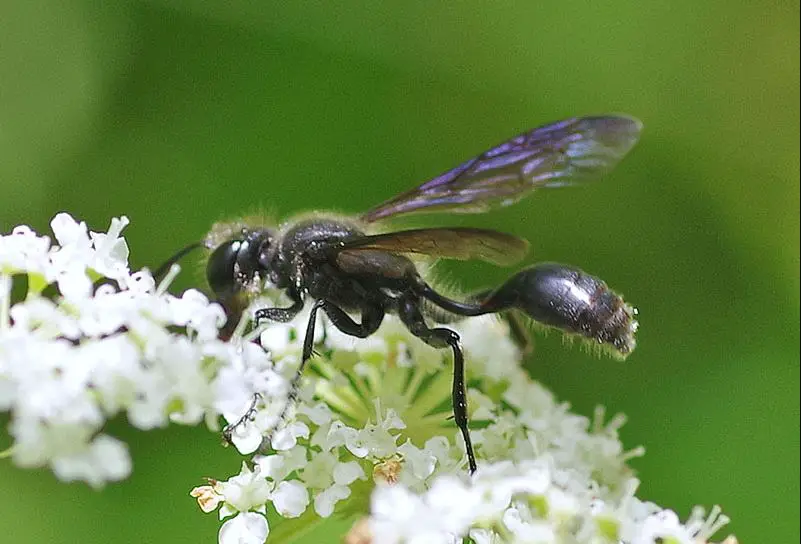
With its all-black body, the Mexican Grass-Carrying Wasp (Isodontia mexicana) is clearly distinguished among the lush green grass of its preferred environment. Easily identified by its black wings, these wasps build their nests inside of branch cavities and carefully supply them with fibers and dry grass. Its activity is interesting in that it frequently transports grasshoppers, which it uses as food for its larvae.
This species, which is native to Mexico and the United States, has spread to Europe, where it thrives due to the lack of recognized predators. Its ability to adapt and be resourceful has allowed it to successfully expand across continents.
Blue-Eyed Ensign Wasp
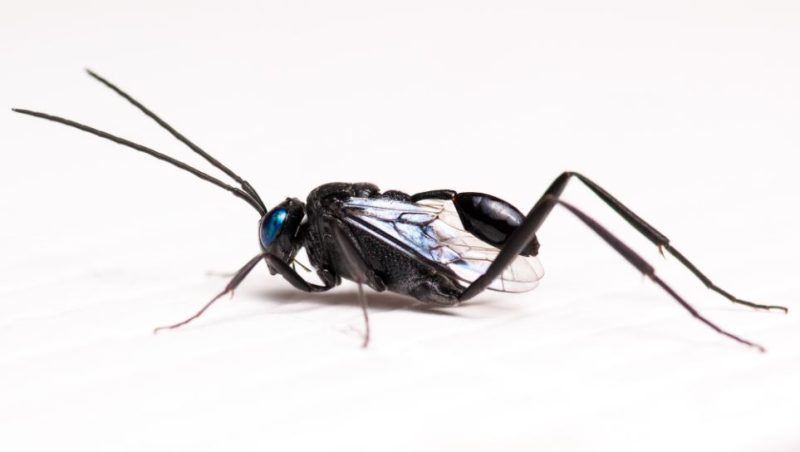
The remarkable blue metallic eyes of the Blue-Eyed Ensign Wasp (Evania appendigaster) contrast sharply with its mostly black body. Its thorax and abdomen are joined by a characteristic black stalk, making it remarkably thin. Though its precise origins are still unknown, conjecture points to a possible Asian ancestry.
This species has spread throughout North America over time, moving from tropical to temperate regions. It is well known for the way it raises its young, feeding its larvae little grasshoppers with diligence. The cycle of this amazing insect’s life continues when the larvae hatch at 8 mm in length.
American Pelecinid Wasp
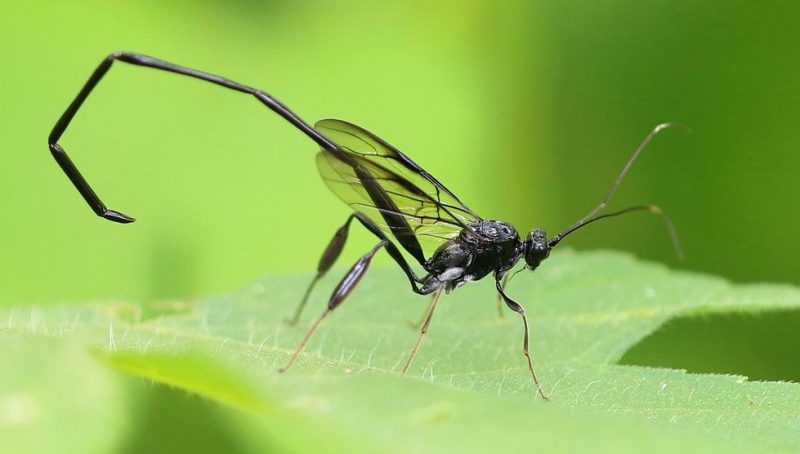
The long, thin, all-black body of the American Pelecinid Wasp (Pelecinus polyturator) makes it easy to identify. It is often seen in fields and gardens, looking for places where grubs are living. This wasp does not have stingers; instead, it uses its amazing digging skills to find grubs on which to lay its eggs. After hatching, the larvae parasitize the grub, which eventually causes it to die.
The American Pelecinid Wasp is a graceful and nimble flyer that effectively uses its extended abdomen to navigate, demonstrating its versatility and efficiency in completing its life cycle.
Steel-Blue Cricket-Hunter Wasp
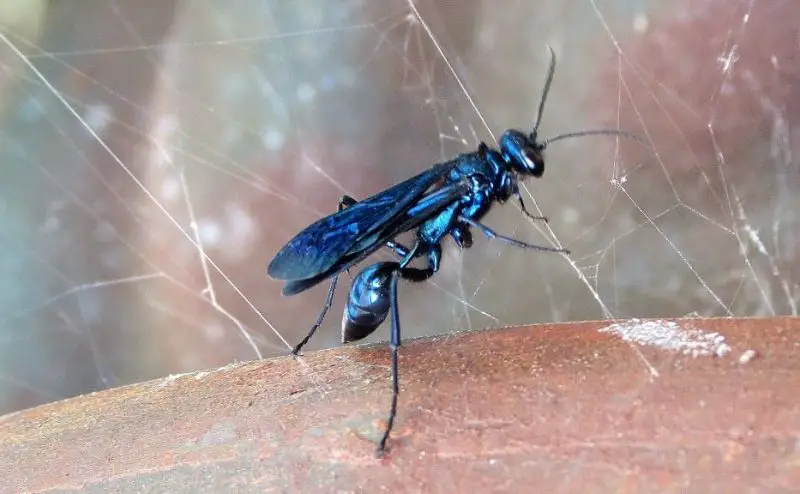
One of the fastest predators is the Steel-Blue Cricket-Hunter Wasp (Chlorion aerarium), which is distinguished by its eye-catching metallic blue and black appearance. Using its speed to its advantage, it quickly catches stung and paralyzed wasps and transports them to its nest rather than killing them right away.
This wasp, which is well-known for having excellent orientation skills, frequently climbs trees and buildings to figure out the best path back to its nest, especially after catching a cricket. Its aptitude as a hunter is demonstrated by its ability to maneuver through challenging settings, which helps it capture prey for its young.
Giant Ichneumonid Wasp
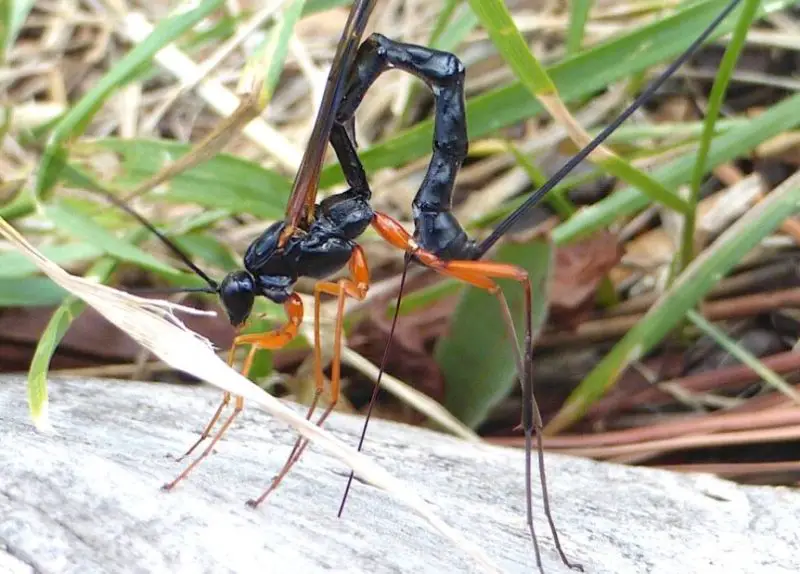
Megarhyssa atrata, also known as the giant ichneumonid wasp, has a primarily black look with noticeable yellow patterns on its legs and head. Frequently misinterpreted as menacing because of their supposedly lengthy stings, in reality, they have extended ovipositors instead of stings. These ovipositors are used by females to lay their eggs beneath tree bark. In contrast, males usually live in trees and wait for the females to come out so that they can mate right away.
These wasps, in spite of their formidable look, are important ecological regulators of insect populations, which emphasizes the value of comprehending and respecting their distinct habits and adaptations.
Great Black Digger Wasp
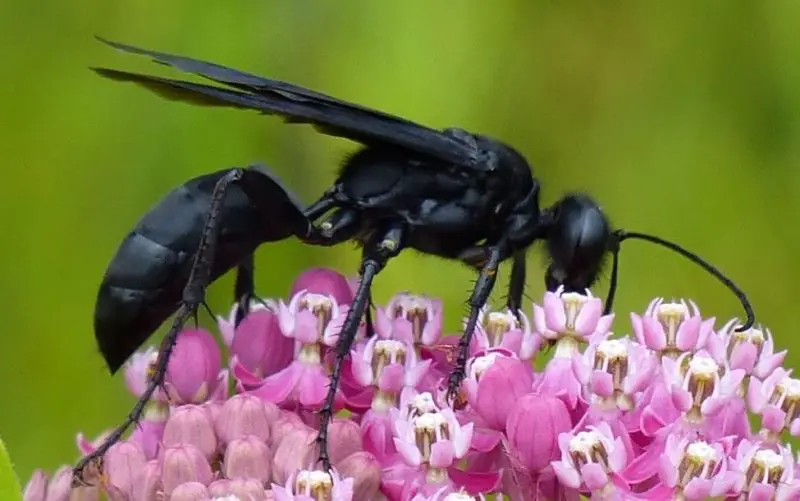
With a length that frequently surpasses an inch, the Great Black Digger Wasp (Sphex pensylvanicus) is a fearsome presence in the insect world. Males and females are easily recognized by their sleek, all-black bodies and their dark, smoky wings, which draw attention. Males are typically smaller, measuring between 0.7 and 1.1 inches, whereas females are larger, measuring between 1.1 and 1.3 inches.
Many people are afraid of these wasps because of their terrible sting. Their hunting strategy is accurate; they sting their target three times to effectively immobilize it, including insects in the microcentrum genus. They frequently carry their paralyzed victim to their underground nests since they live underground.
Nearctic Blue Mud-Dauber Wasp
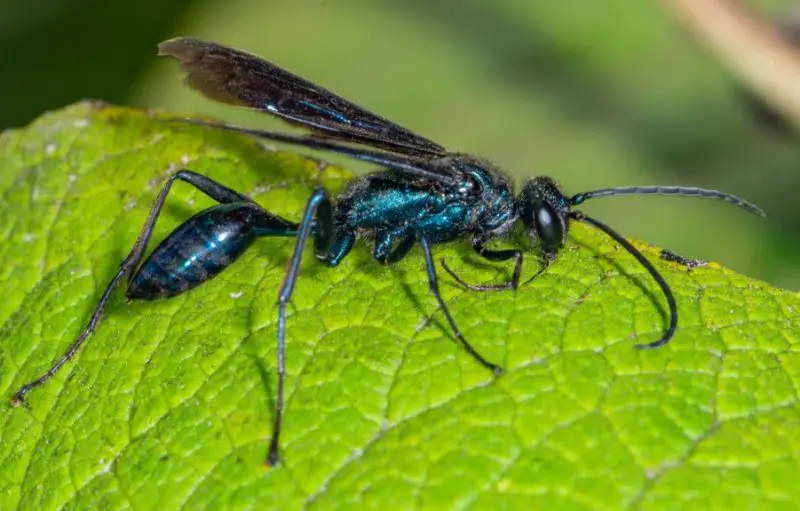
The Nearctic Blue Mud-dauber Wasp, or Chalybion californicum, is a striking species with a metallic blue or black body that is unique to different parts of the world. This species is easily recognized by its long body, which can reach up to 23 mm, and its thin petiole. Because of its infamous sting, humans are frequently afraid of it. It has gained notoriety for its ability to defeat the notorious Black Widow spider, earning a spot in folklore.
When these wasps reach adulthood, they live underground and feed mostly on the nectar of plants. But for their high protein content, both their adult and juvenile forms are dependent on spiders and other insects.
Gold-Marked Thread-Waisted Wasp
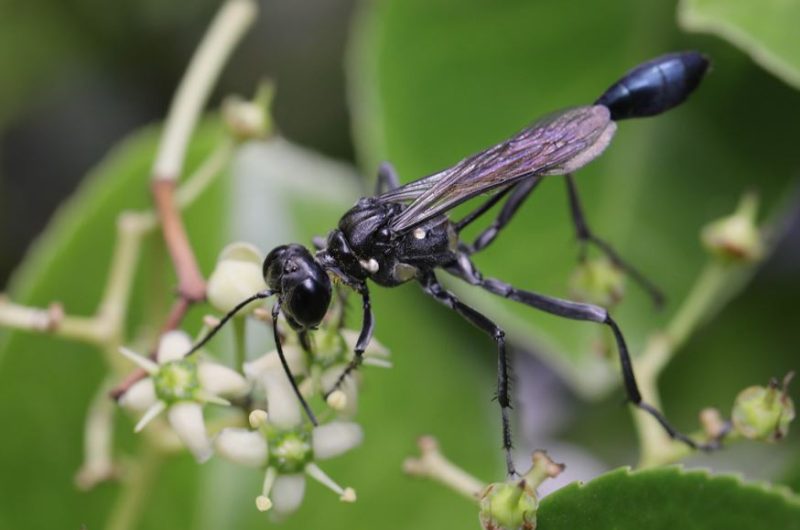
The unique coloring of the Gold-Marked Thread-Waisted Wasp (Eremnophila aureonotata) makes it stand out. Its black body is covered in eye-catching golden dots. These wasps are distinguished in their natural habitat by their slim build and black wings. They can often be seen fluttering about wildflowers with cluster blossoms, which they prefer for nectar, close to the margins of forests.
The larvae of these wasps consume the larvae of Noctuidae moths, which is a distinct diet from that of their adult counterparts who only consume nectar. This difference in feeding highlights the complex life cycle of these amazing insects.
Organ-Pipe Mud-Dauber Wasp
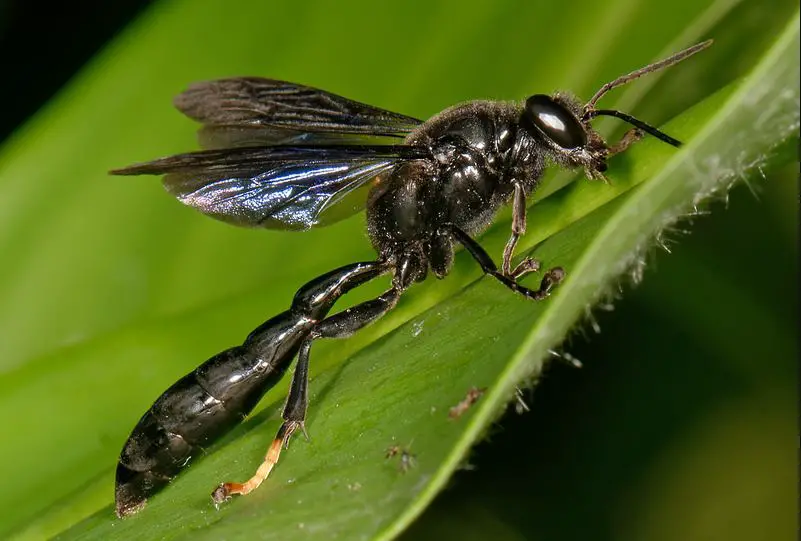
The name Organ-Pipe Mud-Dauber Wasp (Trypoxylon politum) comes from the unusual way it builds tubular nests out of mud. One characteristic that sets this species apart are its nests, which serve as a haven for females and their eggs. These wasps, which are primarily black in appearance, are frequently seen in gardens across the country as they search for spiders, which are an important part of their diet.
Because they are so docile, they don’t really pose a threat to humans, even if their size can reach up to 1.9 inches. In fact, because they help manage spider populations, they are frequently seen as helpful animals and are therefore welcomed in households.
Conclusion
The diverse array of black wasps found in Texas exemplifies the rich biodiversity of the region. From the imposing Great Black Digger Wasp to the strikingly colored Nearctic Blue Mud-dauber Wasp, each species contributes uniquely to the ecosystem. While their appearance may evoke fear in some, it’s essential to recognize their vital role as predators, helping to control insect populations and maintain ecological balance.
Through careful observation and understanding of their behaviors and habitats, we can appreciate the intricate web of life that exists within Texas. By fostering conservation efforts and preserving natural habitats, we can ensure the continued presence and prosperity of these remarkable black wasp species in the Lone Star State.

